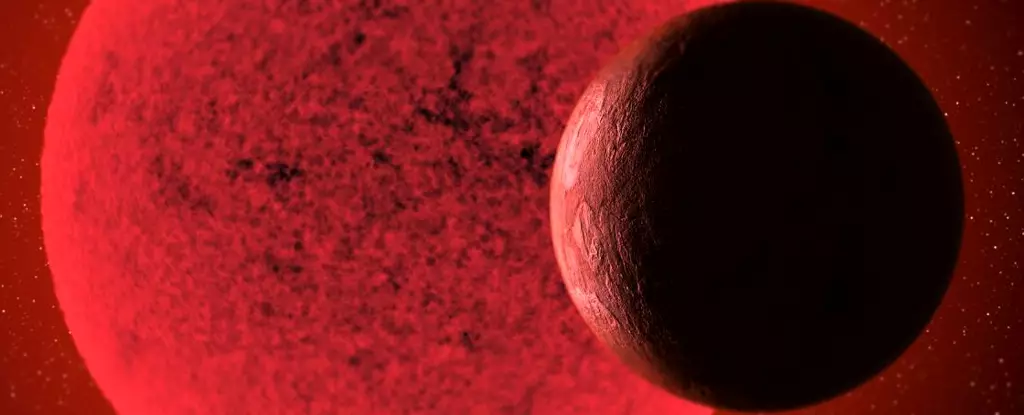Our Solar System embodies a delicate equilibrium, a celestial ballet sustained by the harmonious interplay of gravitational forces and the inertia of its celestial bodies. While it has fostered life as we know it, celestial mechanics poses some intriguing questions regarding its formation and structure. One particularly captivating scenario arises from the minds of planetary scientists Emily Simpson and Howard Chen from the Florida Institute of Technology (FIT). They challenge us to consider an alternate reality: what if the asteroid belt located between Mars and Jupiter had coalesced into a ‘super-Earth’? Their research not only probes the fundamental architecture of our Solar System but also contemplates the implications such a change could have had on habitability on Earth and its neighboring planets.
In examining this thought experiment, Simpson and Chen were motivated by an observation that is both curious and perplexing. Many exoplanetary systems similar to ours are theorized to host super-Earths, planets that are significantly larger than Earth but smaller than gas giants. Yet, our Solar System lacks such a planet in its configuration. This leads to the essential question posed by the researchers: could the asteroid belt have formed a planet instead, and how would that singular change reverberate throughout the inner Solar System?
To investigate this conjecture, the scientists devised a series of mathematical simulations, varying the mass of a hypothetical super-Earth they dubbed ‘Phaeton.’ By examining several sizes—ranging from 1% of Earth’s mass to 10 times its mass—the researchers explored a continuum of potential impacts on nearby planets, especially focusing on Mars, Earth, and Venus. Each simulation extended over a couple of million years, measuring the shifts in orbital dynamics and axial tilt that could determine habitability conditions.
The findings from these simulations offer tantalizing insights into how such a planetary intruder could alter the dynamics of the inner Solar System. For smaller super-Earths, particularly those around the mass of Mars, the inner world’s stability might remain relatively intact. Simpson observed that lifelike conditions could still persist albeit with mild climatic variations—summers might be slightly warmer and winters cooler due to changes in axial tilt. This suggests a threshold for planetary size where the potential for habitability remains viable.
However, larger super-Earths introduced a host of complex variables. A planet 10 times the mass of Earth, for example, could dramatically affect the orbits of neighboring planets, possibly displacing Earth into a less favorable orbit, closer to the searing conditions of Venus. Such shifts might drastically alter the axial tilt of our planet, leading to amplified seasonal extremes that could threaten the stability of environments crucial for life.
Modeling the intricate dance of multiple celestial bodies presents formidable challenges. Even the slightest alteration in one variable can provoke a cascade of effects, echoing throughout the system. The research underscores the delicate balance underpinning our coexistence with the cosmos. It also enlightens our understanding of how diverse planetary configurations may be when searching for life beyond our Solar System.
While some configurations might disadvantage habitability, this research serves as a compelling foundation for future explorations. Should we encounter exoplanetary systems akin to our own but with a significantly different makeup—perhaps incorporating a super-Earth—it mandates a meticulous evaluation of their potential for harboring life. Ultimately, as Simpson posits, the fundamental question remains: how does the mass of a hypothetical planet impact the habitability of its neighbors? The answer appears to hinge on a range of factors, mediating life’s precarious balance.
In contemplating these celestial possibilities, we are beckoned into a broader narrative regarding planetary formation and the emergent conditions that lead to life. The exploration of an alternate Solar System with super-Earths invites us to consider our place in the universe anew. As our search for exoplanets continues to accelerate, understanding how different planetary compositions influence habitability becomes increasingly vital. Future discoveries may not only expand our knowledge of the cosmos but ultimately redefine our understanding of life itself.

